Vertical farming is a modern farming method that addresses the pressing problem of water conservation in agriculture. As traditional farming methods strain freshwater resources and exacerbate water scarcity, vertical farming offers a sustainable solution. By using hydroponic and aeroponic farming methods, vertical farms can reduce water consumption by up to 90 %. In this blog post, I would like to write about the importance of water conservation in vertical farming and introduce the innovative water-saving technologies used in this industry.
Water consumption in vertical farming
Vertical farms require between 2 and 4 liters of water to produce 1 kg of tomatoes, which is significantly less than a greenhouse in the Netherlands (16 liters) or a field in southern Europe (60-200 liters), according to Leo Marcelis, Professor of Horticulture at Wageningen University and Research in the Netherlands (Source).
Careful management of water consumption is therefore essential on these farms in order to optimize crop yields and minimize waste. This is because the controlled conditions in the growing rooms and the circulating water in the hydroponic system save water that would seep into the ground in traditional agriculture.
With the help of sensors and automation, vertical farms can supply plants with exactly the right amount of water, reducing the risk of over- or under-irrigation. This precise control of the water supply helps to minimize water loss and ensures that the plants are supplied with the necessary nutrients.
In addition to the use of hydroponics in vertical farming, there is also the Aeroponicsalso Fogponic or misting or fogging systems, which release water in a fine mist and ensure that the plants receive moisture without using excessive amounts of water.
This method has advantages over hydroponics, such as the even lower water requirement and therefore less weight, but has the problem that the roots hang in the air and there is a risk that the plants will die if there is a defect, the power fails or not enough mist is sprayed.
Overall, the aim is to maximize efficient water use in vertical farms through careful monitoring and optimization of irrigation practices to further reduce the already low water demand.
Water recovery techniques for vertical farming
However, the water that circulates in the hydroponics system and is enriched with nutrients depending on which plants need them at the time is not only "lost" in the form of supplying the plants, but also evaporates, causing the humidity to rise and condense (Dew point). The water condenses on the inner wall when, due to the temperature and the dew point, the air can no longer absorb any more moisture or when it is saturated.
Vertical farms can use advanced water reclamation techniques to minimize water waste. Here are some examples:
- Condensation collection systems capture moisture from the air and use it for plant irrigation.
One possibility is to transport the condensed moisture away via aluminum rails so that it can continue to be used (Example) - Graywater recycling systems - These treat the wastewater so that it can be used for non-potable purposes such as cleaning and cooling. (Example)
- Dehumidifier - These tackle the problem of humidity directly. They filter the moisture contained in the air, which is collected or drained off so that it can be purified and reused as gray water. As there are different technologies and application scenarios for dehumidifiers, you should take a closer look at which solutions are best suited to you, TROTEC has an overview here.
Combating water scarcity through vertical farming
Vertical farming can help to alleviate water scarcity by reducing dependence on conventional agriculture, which requires large quantities of water. The FAO writes that 70% of water abstraction by agriculture takes placein developing countries, this value is 95% in some cases.
However, it can only work where the Necessary electricity cheap is.
The major advantage of vertical farming, i.e. the reduced water requirement, can be exploited where it is dry, i.e. in regions of the world where there are repeated droughts or dry periods. By growing crops in controlled indoor spaces, vertical farms can be operated almost anywhere. In areas where water is scarce, it is possible to produce locally and reduce the need for long transportation routes for food.
The future of water management in vertical farming
Continuous advances in water-saving technologies will further improve water management in vertical farming. The integration of smart technology and artificial intelligence can further optimize water use by analyzing crop demand and adjusting irrigation accordingly. Creating closed-loop systems that minimize water loss and waste will be a key aspect of future water management in vertical farming.
Conclusion
Vertical farming has great potential for saving water in agriculture. By using hydroponics and aeroponics, vertical farms can significantly reduce water consumption compared to conventional farming methods. This innovative approach to agriculture offers a sustainable solution to the problem of global water scarcity.
Efficient water management is crucial for the success of vertical farms. By using water-saving technologies such as drip irrigation and water recycling systems, water consumption can be further optimized and waste minimized. In addition, innovative water recovery techniques, such as condensate collection, gray water recycling and the use of dehumidifiers, play an important role in reducing water consumption.
Vertical farming not only helps to reduce water scarcity by reducing dependence on conventional agriculture, but also enables crop production in water-scarce areas. By growing crops in controlled indoor environments, vertical farms can be operated in regions with limited water resources, reducing the need to transport food over long distances.
The future of water management in vertical farming lies in the continuous development of water-saving technologies and research. The integration of smart technology and artificial intelligence can further optimize water use by analyzing crop demand and adjusting irrigation accordingly. The creation of closed-loop systems that minimize water loss and waste will be crucial for sustainable water management in vertical farming.
By promoting awareness of water conservation and implementing sustainable agricultural practices, collaboration between vertical farms and communities can address the issue of water scarcity and ensure a sustainable future for food production.
Further sources:

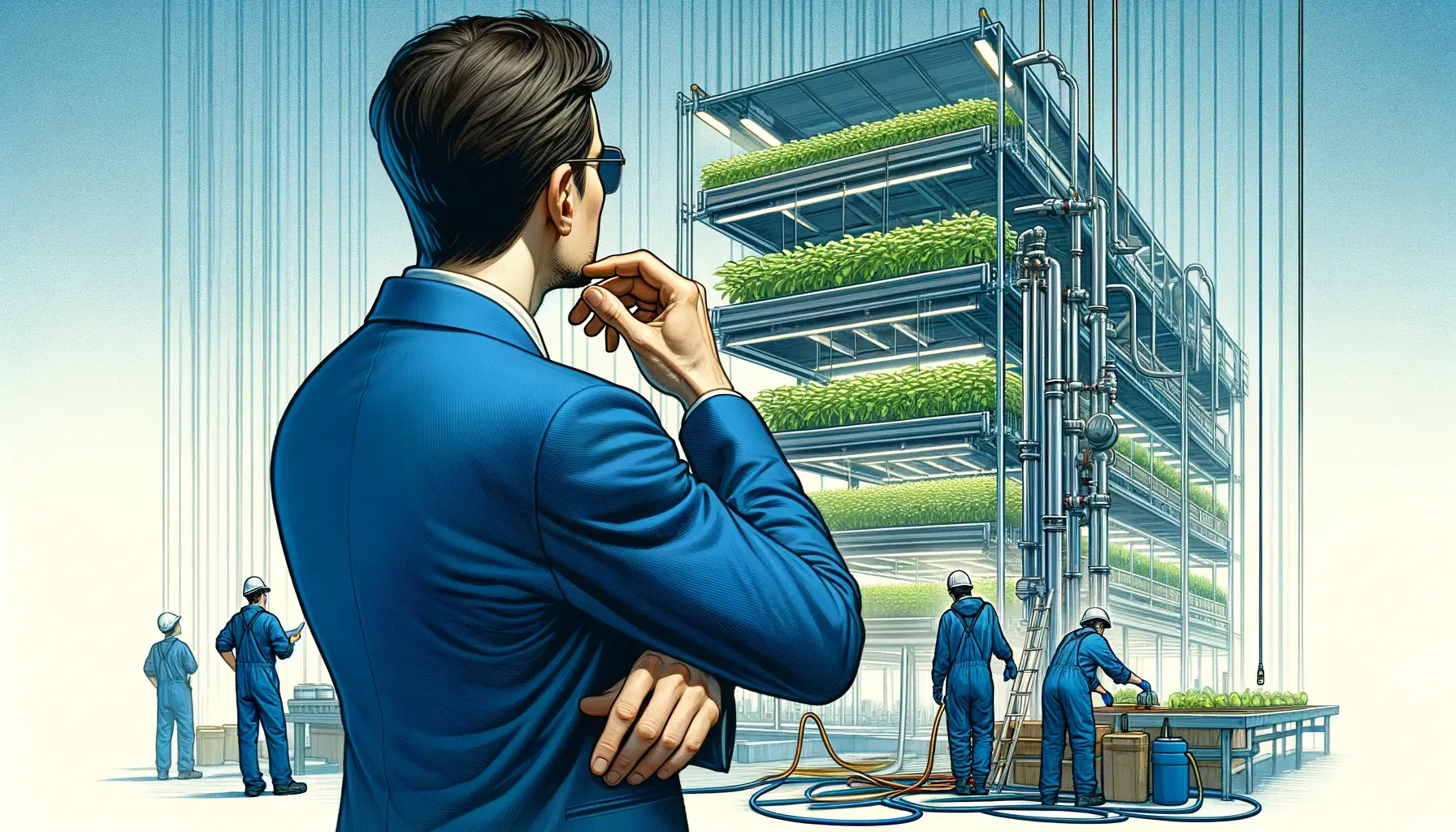
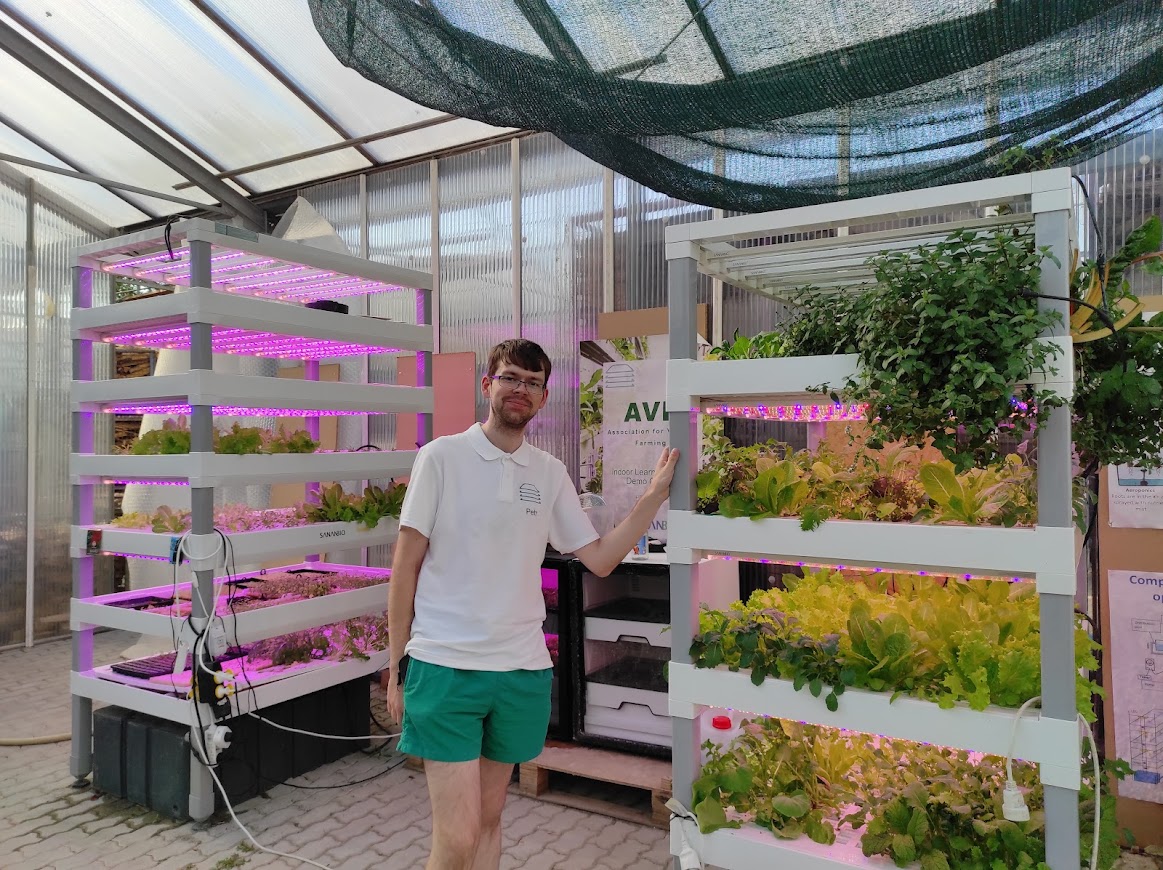
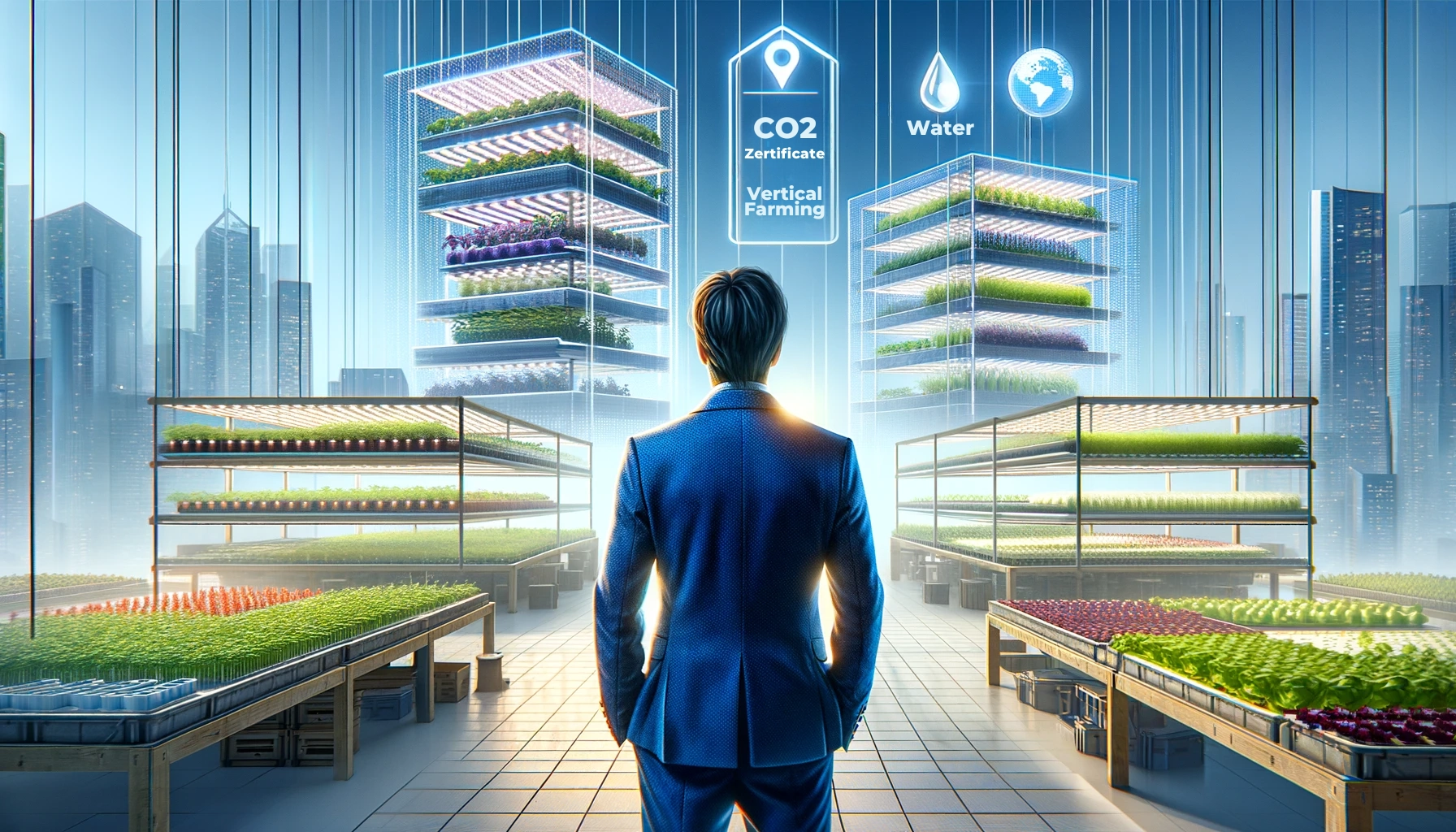
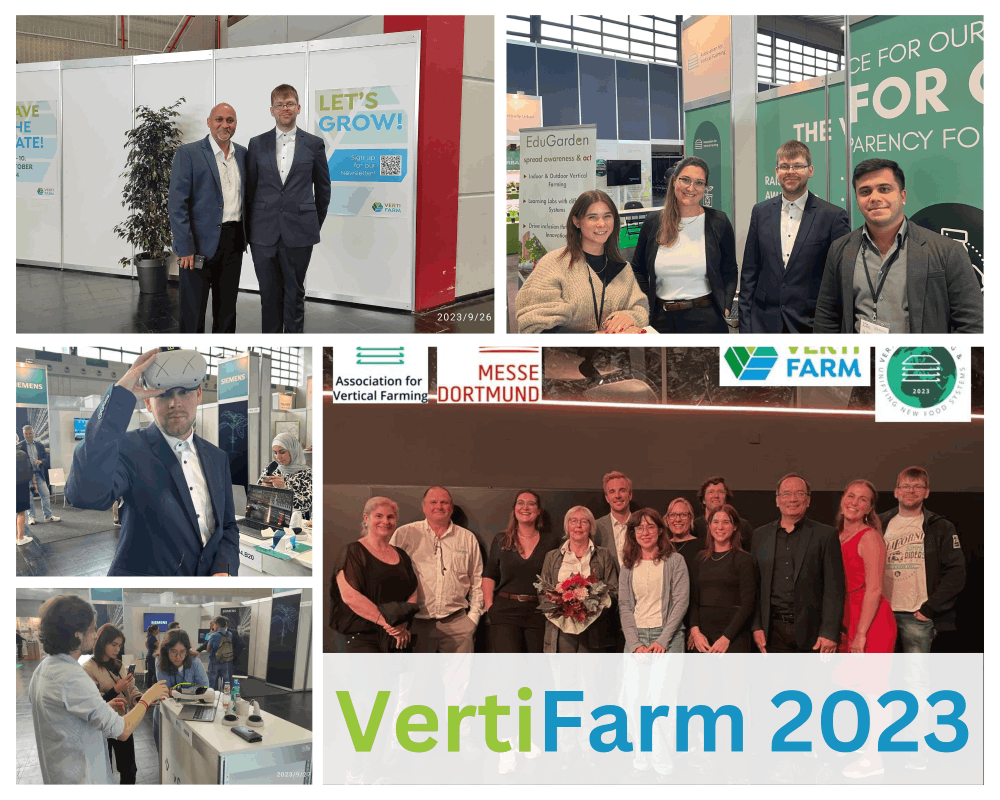
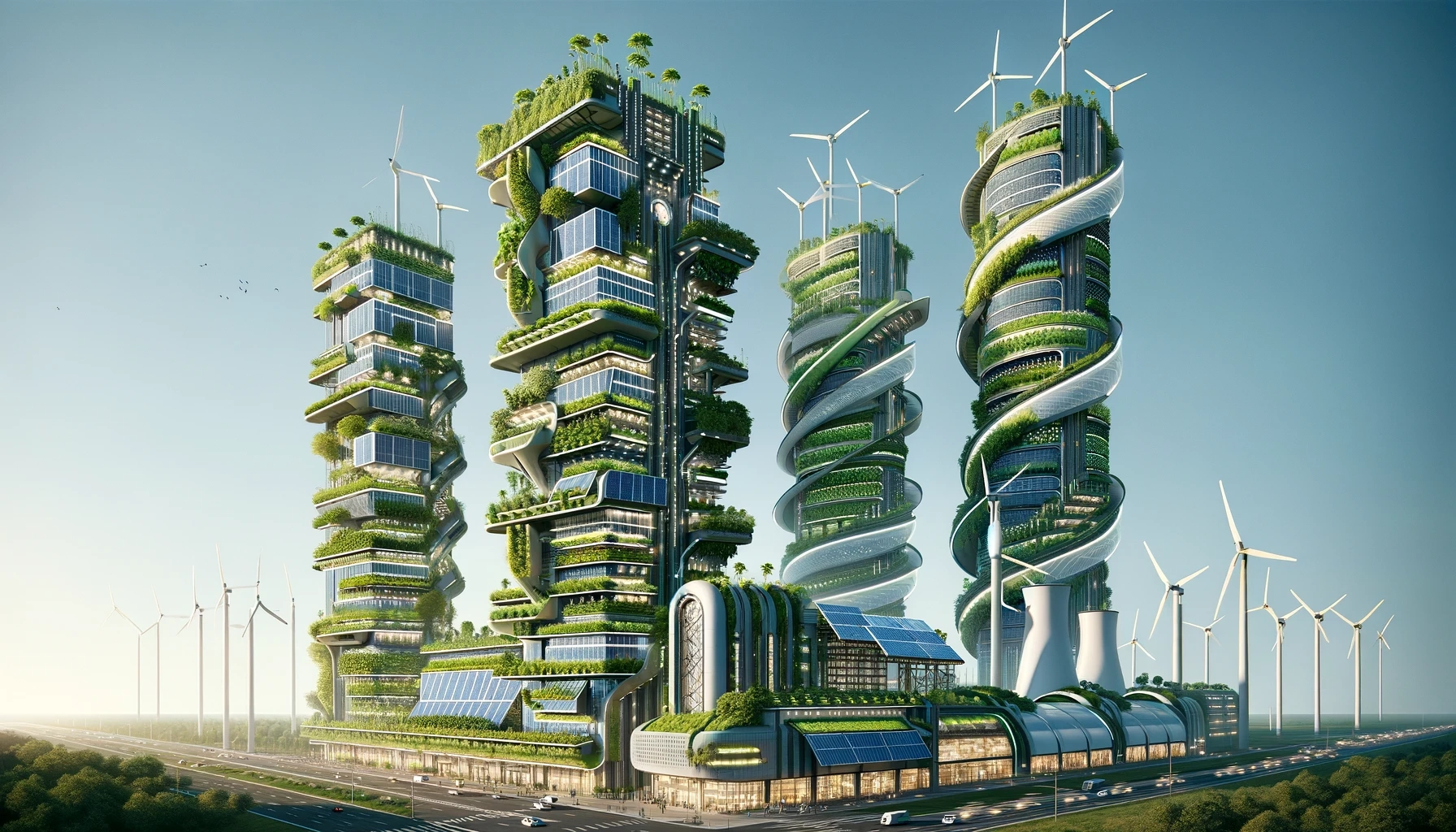
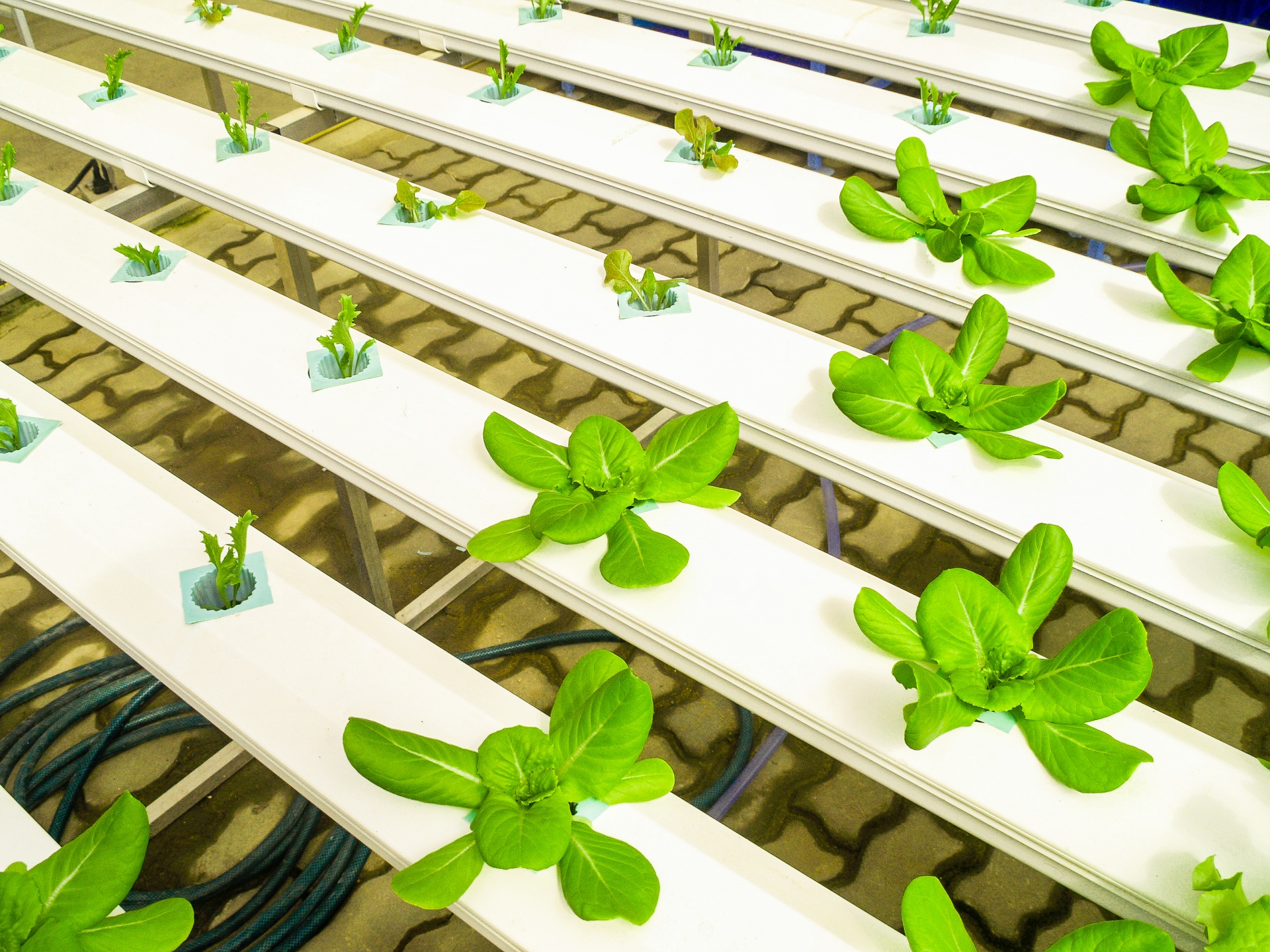
[...] former colleague pointed out that I had made a small mistake in my article about vertical farming and water consumption. The background was that I compared traditional farming with conventional [...]